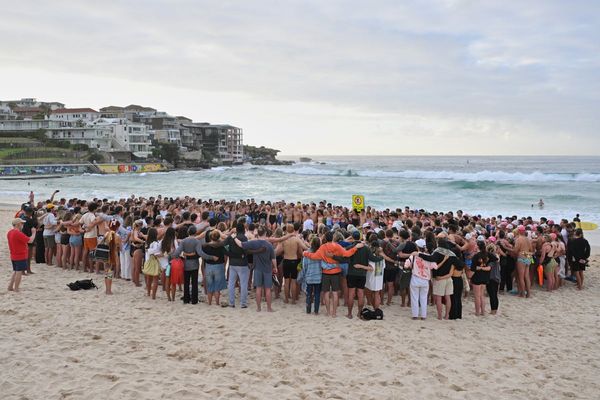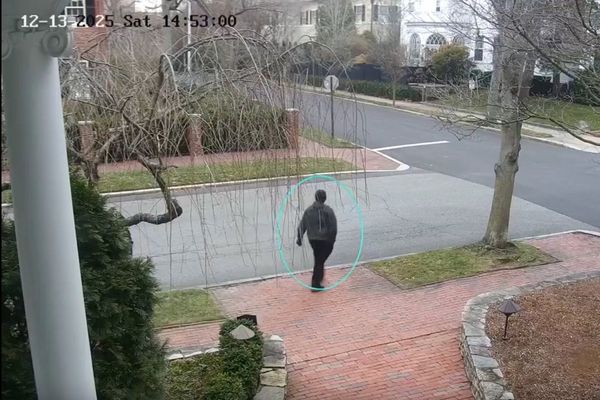

If there is an arcade racing game that even non-racing fans loved and played, it was Need For Speed: Most Wanted — not the trashy 2012 reboot, the original 2005 Most Wanted. Nearly two decades later, it’s still the game most fans point to as the crown jewel of EA’s street racing era.
For me, it’s personal. I first played Most Wanted on a beat-up Core 2 Duo PC, spending countless hours in high-speed chases and rival showdowns, convinced I was living out a street racer’s dream. This is the story for a lot of veteran gamers, even people who don’t play racing games.
The truth is simple: Most Wanted wasn’t just another entry in the series; it was the peak of 2000s street racing culture wrapped into a single game. And every time I return to it, I’m reminded why no Need for Speed has truly matched its magic.
The Street Racing Boom Of The 2000s

The 2000s were a crazy era for car culture and racing games. The first two Fast and Furious movies were out, and they focused heavily on tuner culture, neon lights, muscled-out cars, and street racing. On the other hand, there were games like Burnout 3: Takedown and Midnight Club 3, that showcased an over-the-top version of street racing. In short, the entire culture was all about decked-out cars racing on streets
So, it made sense when EA decided to release an NFS game centered around underground street racing, with an emphasis on cop chases. EA managed to capture the car culture energy of that time and packed it up nicely in a game that would break headlines.
The DVD-style FMV cutscenes, over-the-top rivalries, and rebellious car culture vibes spoke directly to a generation raised on street racing fantasies. More than just a racing game, Most Wanted felt like a canon event, perfectly timed to capture the moment.
The Blacklist And The BMW M3 GTR

At the heart of NFS Most Wanted was the Blacklist system. It was a list of 15 rival racers that were the best street racers in the game. And, to claim a place amongst these legendary racers, you had to beat them in a 1v1 race or what the game called “rival races”.
These weren’t just your average AI racers; these were proper characters, each with their own unique style of racing and driving. Every race was a different challenge. It wasn’t just about winning; it was about climbing this hierarchy and trying to become the best racer.
The game starts with an emotional hook. Razor (a jerk who’s No. 15 on the blacklist) steals your BMW M3 GTR through an unfair race. After which, he climbs to No. 1 on the Blacklist using said BMW M3 GTR.
From that moment on, you are hooked, and the climb starts. It was all about taking revenge and fighting to get your beloved BMW M3 GTR back from Razor. You start from the bottom, beating every Blacklist driver, until you reach Mr. Jerk himself.
Not to mention, the BMW M3 GTR soon became one of the most iconic cars in NFS history. It became the dream car of many young gamers like myself.
Pursuits, Freedom, And Pure Adrenaline

The story is just one part of what made Most Wanted famous. To be honest, most people who played NFS Most Wanted back then didn’t even care about the plot. They were more intrigued by the racing this game offered.
Where Most Wanted truly set itself apart was in its police chase system. The escalating “heat” levels made every pursuit unpredictable. From dodging police cars to escaping from helicopters and spike traps, it was pure thrill.
The cop chases felt like you were in a Fast and Furious movie. The entire police force is out to get you, and this adrenaline-filled chase made the game even more fun.
To top it all off, the open-world map gave players the freedom to decide how they wanted to escape. You could slip through tight alleys, take hidden shortcuts, or the one that I enjoyed the most — flooring the pedal and smashing through cop cars on highways.
This perfect blend of story with genuine player freedom offered a rush that no other racing game at the time could match.
Soundtracks, Style, And Vibe

The atmosphere was everything in Most Wanted. Despite the game, the lack of nighttime racing, the environment, and the vibe of Most Wanted is unforgettable.
The soundtrack — featuring a collision of aggressive rock, nu-metal, industrial, and underground hip-hop — made racing even more thrilling. I would spend hours just driving fast around the map without caring much about the story. The setting and soundtrack were that good.
Apart from the memorable soundtrack and environment, car customization was also a big thing in NFS Most Wanted. The game allowed you to create flashy-looking cars, which might look stupid now, but back then were pieces of art.
Unlike future games, which leaned heavily on complex performance tuning, Most Wanted kept it simple, and that’s why people loved it. You didn’t need car knowledge to build a car; it was just putting things together until it made sense.
In short, Most Wanted struck the perfect balance. The game looked cool, sounded cool, and most importantly, felt cool.
What Went Wrong In Future Games
Nearly two decades later, Most Wanted is still the peak of the NFS series, and that’s saying something. While there were great future releases like Rivals and Hot Pursuit, none of them came close to recreating the magic of Most Wanted.
The newer games leaned too hard on realism, graphics, or trends that made them feel generic. The series lost its identity chasing innovation but forgetting the core parts that made Most Wanted popular. The style, high stakes, cop chases, and the thrilling sense of speed. And that’s why the 2005 game remains EA’s true street racing crown jewel.







